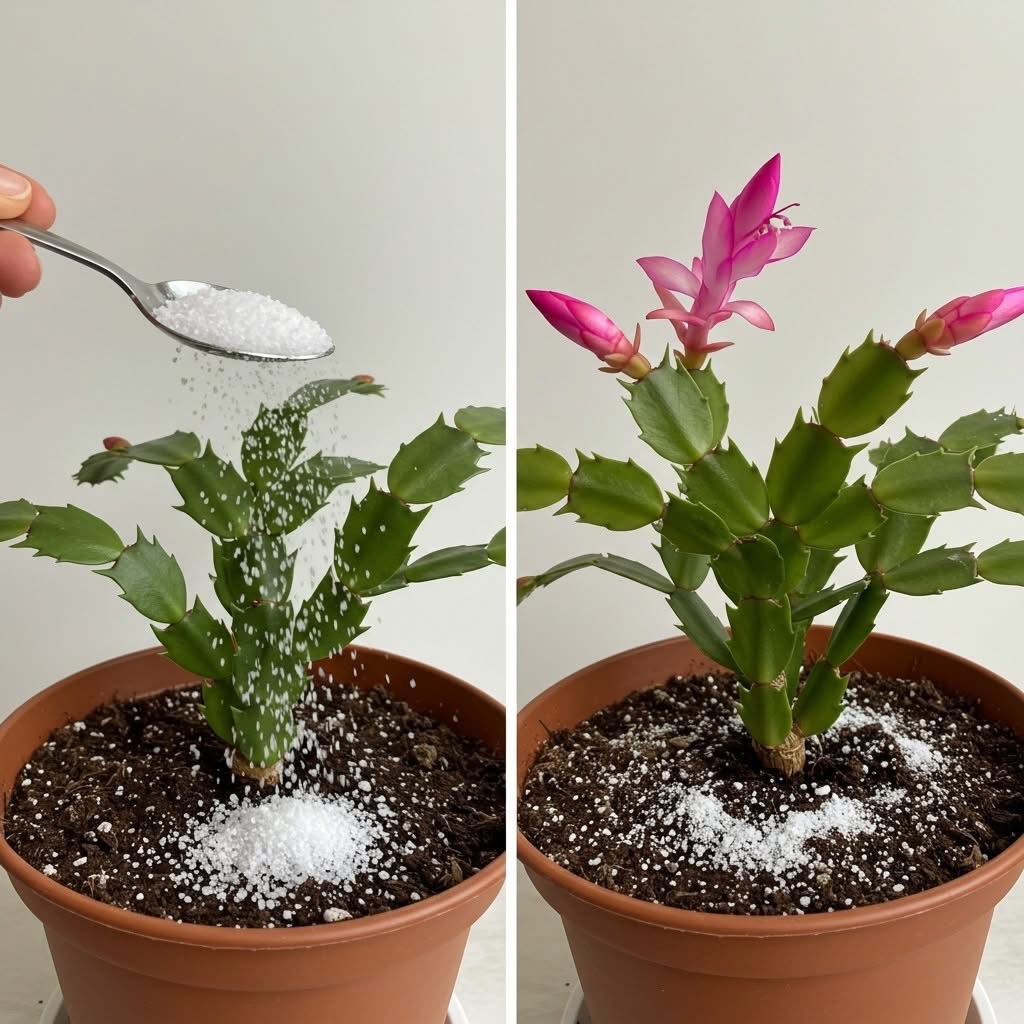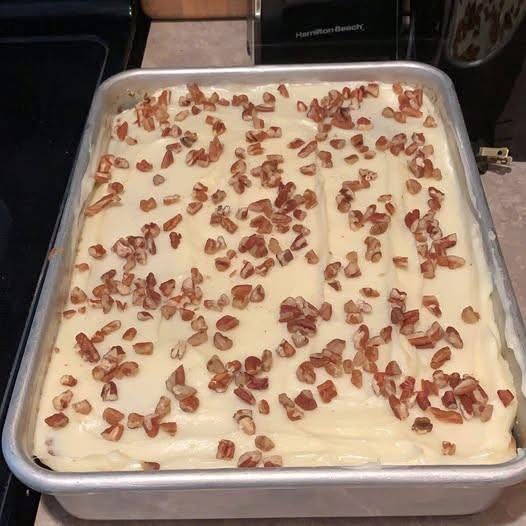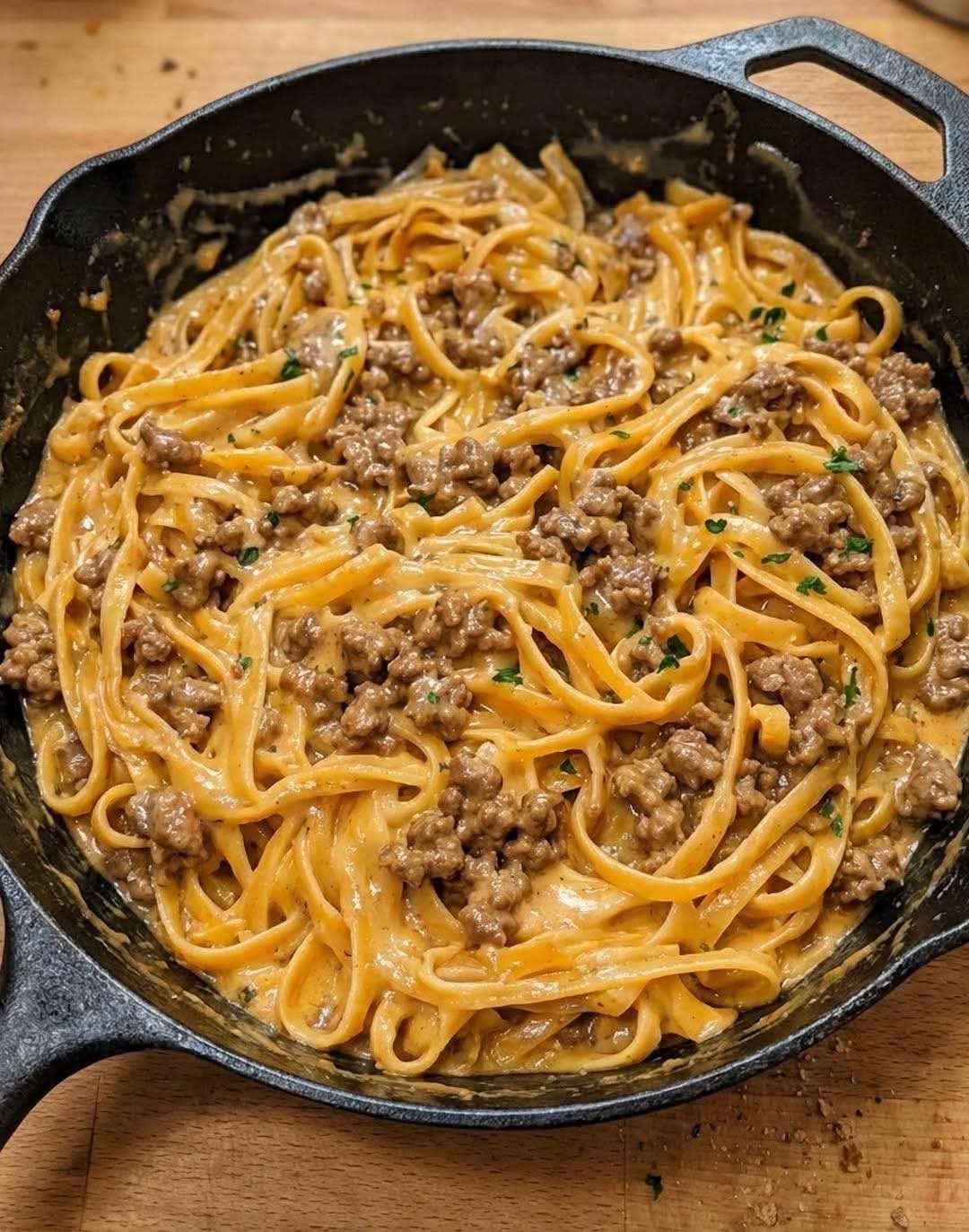Fall Awakening: Breathing Life into House Flowers with a Little Secret
Word count: ~1000
The Challenge of Fall for Indoor Flowers
As the bright intensity of summer fades and autumn sets in, many house flowers begin to show signs of fatigue. Leaves yellow, blooms dwindle, and stems weaken. The shift in daylight hours and the drop in temperature signal a natural slowdown.
For houseplants, which often rely on the steady indoor environment, this seasonal transition can be stressful. Without intervention, many will limp through fall and winter, producing little to no flowers and losing much of their vitality.
For plant lovers, this can feel discouraging. After months of lush growth, the sudden decline of once-thriving flowers creates the impression that nothing can be done until spring returns. Yet this assumption is not entirely true.
With a little attention and a specific supplement, you can breathe life back into house flowers during the fall season. The “secret” is simple but powerful: magnesium sulfate, better known as Epsom salt.
Why Epsom Salt Works
Epsom salt is not a salt in the culinary sense. It is a naturally occurring mineral compound of magnesium and sulfate. Both of these elements are critical for plant health:
Magnesium is central to chlorophyll, the pigment that allows plants to convert sunlight into energy. Without sufficient magnesium, leaves turn pale and photosynthesis slows down.
Sulfur contributes to the formation of amino acids, enzymes, and vitamins. It also supports root development and improves nutrient uptake.
Houseplants grown in pots often suffer from nutrient imbalances because soil volume is limited. Over time, regular watering leaches out minerals, and unless the potting mix is refreshed, deficiencies build up.
Magnesium deficiency is common, especially in flowering plants such as roses, orchids, begonias, and geraniums. Symptoms include yellowing between the veins of leaves and reduced flowering.
Adding a small amount of dissolved Epsom salt directly addresses this issue. It supplies readily available magnesium and sulfur in a form plants can absorb immediately.
The result is greener foliage, sturdier stems, and a fresh burst of flowering potential.
Seasonal Renewal
Fall is an ideal moment to introduce this supplement. As daylight shortens, indoor flowers need extra support to continue photosynthesizing effectively.
The magnesium from Epsom salt acts as a booster, enabling plants to make the most of limited light.
Stronger chlorophyll production translates into more energy reserves, which can then be directed toward bud formation and flowering.
Moreover, cooler temperatures tend to slow down soil activity.
Microbes that help recycle nutrients become less active, which means plants rely even more on what is directly available in the potting mix.
A gentle application of Epsom salt compensates for this slowdown by delivering nutrients in a highly soluble form.
Revitalizing Effect
The visual transformation after introducing Epsom salt can be striking. Leaves that were losing color regain a vibrant green sheen.
Wilted stems become firmer, and the overall posture of the plant improves.
With regular use, buds begin to form, even on plants that appeared to have entered dormancy.
This revitalizing effect is not a quick cosmetic fix—it reflects a real improvement in the plant’s nutrient balance.
Indoor gardeners often notice that flowers respond within a few weeks.
While not every plant will suddenly burst into bloom, the overall health and vigor increase, laying the foundation for sustained flowering through the cooler months.
Promotes Blooming
One of the most exciting outcomes of this technique is the encouragement of blooming. Flowering requires significant energy, and plants will not produce buds if they are struggling with deficiencies.
Magnesium plays a direct role in energy transfer within the plant, ensuring that carbohydrates produced in the leaves move efficiently to developing buds and flowers.
For species such as African violets, orchids, or hibiscus, which are known for their colorful displays, Epsom salt often makes the difference between sporadic blossoms and a steady show of blooms. Even reluctant bloomers can be coaxed into action with this extra push.
Easy Application
The method is simple and does not require specialized equipment:
Measure the salt: Use half a teaspoon of Epsom salt per liter of water.
Dissolve thoroughly: Stir until the crystals are fully dissolved.
Apply as watering: Use this solution in place of a regular watering about once a month.
Avoid overuse: Do not exceed the recommended frequency. Too much magnesium can interfere with the absorption of calcium and potassium, leading to other imbalances.
For foliage plants that are not in bloom, the same solution can still be applied. It will promote greener leaves and stronger growth.
If desired, the solution can also be used as a foliar spray, misting the leaves lightly for direct absorption.
Safety and Considerations
Epsom salt is safe for most houseplants when used in moderation. However, a few precautions should be kept in mind:
Test on one plant first: If uncertain, apply the solution to a single plant and observe results over two weeks.
Do not combine with high-magnesium fertilizers: Check labels of commercial products to avoid overdosing.
Refresh soil annually: While Epsom salt can correct deficiencies, it is not a substitute for good potting mix. Re-potting or top-dressing with fresh soil remains essential.
Balance with light and water: Nutrients alone will not save a plant deprived of sunlight or overwatered to the point of root rot. Epsom salt should be part of a holistic care routine.
Integrating Into Fall Plant Care
Epsom salt works best when combined with other seasonal practices:
Adjust watering: Plants generally need less water in fall as growth slows. Check soil moisture before watering.
Maximize light: Shorter days mean less energy for photosynthesis. Move plants closer to bright windows or supplement with grow lights.
Prune and tidy: Remove dead leaves and faded flowers to direct energy toward healthy growth.
Monitor humidity: Indoor heating often dries out the air. A humidity tray or small humidifier can reduce stress on flowering plants.
When paired with these steps, the monthly Epsom salt boost ensures that flowers not only survive the seasonal transition but continue to thrive.
Results to Expect
By mid-fall, plants treated with this method typically show:
Richer green foliage with fewer yellow patches
Stronger stems capable of supporting new blooms
Improved bud formation and more consistent flowering
An overall healthier, more vibrant appearance
While results vary depending on plant type and initial condition, most indoor gardeners report noticeable improvement within four to six weeks.
Conclusion
Fall does not have to mark the decline of house flowers. With the simple addition of Epsom salt, you can extend their vitality, promote lush foliage, and encourage blooms well into the cooler months.
This inexpensive and easy method provides exactly what many potted plants lack at this time of year: magnesium and sulfur in an accessible form.
A teaspoon of prevention is worth a pound of cure. By adopting this little secret into your fall routine, you give your flowers the resources they need to remain vibrant, resilient, and beautiful—proving that even in the season of fading light, life and color can still flourish indoors.
-
Carrot sheet cake
Introduction Carrot sheet cake is a delightful dessert that’s perfect for any occasion. With its moist texture, rich flavor, and comforting spices, this cake has a place in many kitchens. … Read more
-
Garlic Butter Beef Pasta
Few dinners hit the sweet spot between comfort, flavor, and ease quite like Garlic Butter Beef Pasta. This dish is rich, creamy, and deeply satisfying, yet simple enough to make on … Read more
-
apple pie biscuits
Here’s a more detailed version of the Apple Pie Biscuits recipe with a total of 17 paragraphs, covering the entire process from introduction to conclusion: Introduction: Apple pie biscuits are … Read more



